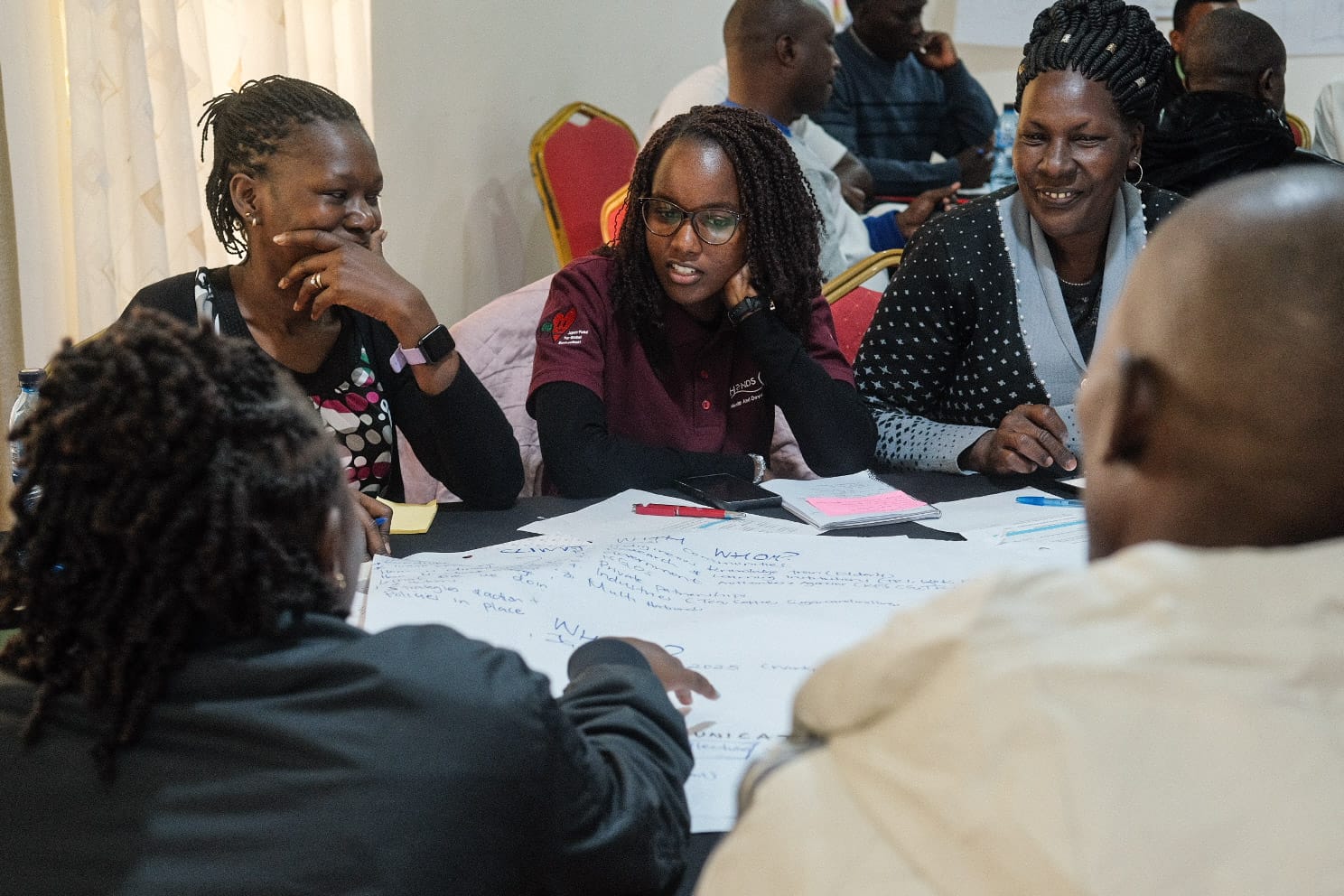
The Mau Forest in western Kenya is at a crossroads. Amid mounting pressures from expanding agricultural enterprises and industrial activities, the forest’s ecological and cultural heritage is increasingly imperilled. Local communities—among them Indigenous Ogiek peoples—face not only environmental degradation and water pollution but also profound disruptions to their traditional ways of life. In this rapidly changing landscape, dominant market forces and conventional narratives have obscured the intricate relationships that bind people, non-humans, and the land.
In response, the EU-funded Transformative Change for Biodiversity and Equity (TCforBE) project is spearheading a fresh, community-led approach to reimagine sustainability. A collaborative initiative involving Kenyan teams from the University of Kabianga and the Natural Resources Institute, along with partners from Wageningen University, is pioneering a participatory process designed to unlock new pathways for resilience and equity.
A recent kick-off workshop held in November 2024 brought together diverse stakeholders—community members, government officials, Indigenous leaders, NGOs, and academic experts—to launch a process of multi-actor social learning. Unlike conventional top-down methods, this approach prioritises the voices and lived experiences of those most affected by land use changes. Participants engaged in a series of innovative, arts-based activities: they shared personal narratives through photography, engaged in role-playing exercises that gave non-human elements a voice, and collaborated on collage-making projects that mapped out visions of past, present, and future landscapes.
The workshop served as a catalyst for creating the Mau Forest Learning Alliance, which now operates through three thematic groups focusing on agroecology, climate and biodiversity, and sustainable value chains. Each group is charting its own course through joint research, field visits, and creative exercises aimed at deepening understanding of the complex interdependencies in the landscape. The alliance is not just about sharing information—it is about fostering a space where new collective capacities can emerge, challenging entrenched power dynamics and sparking transformative ideas.
Early outcomes of this collaborative effort include initiatives to capture the forest’s soundscape—a blend of human and natural voices—and to develop case studies that highlight innovative approaches to biodiversity and equity. As this process unfolds across Kenya, with parallel activities already underway in Cameroon and Colombia, the project aims to inspire broader change. Its ultimate goal is to empower local communities to influence decision-making and help shape sustainable futures in regions profoundly affected by global agro-food supply chains.
